Dylan calls the Hawks at Tony Mart’s
By Bill Kelly
Few events in the history of rock ‘n’ roll are considered more significant than when Bob Dylan plugged in his guitar, went electric and began playing with the Hawks, better known by the name they eventually took on, The Band.
How Dylan came to meet the Hawks has been a matter of debate over the years. The most popular accounts have Dylan discovering the Hawks when visiting Tony Mart’s, or some variation of that. After much research, this is the most likely account of what really happened:

In the early summer of 1965, Dylan’s song, “Mr. Tambourine Man,” as recorded by The Byrds, was No.1 on the pop charts, and one of the songs that the hippies at Shriver’s Pavilion would play, with someone on a tambourine inevitably chiming in.
The Byrds were a new California band who took Dylan’s folk song and gave it a rock ‘n’ roll twist. Dylan said the song was about Bruce Langhorne, a folk music session percussionist who had a large Turkish drum that was lined with bells that sounded like a tambourine, an instrument Langhorne said he bought in a Greenwich Village pawn shop.
The Byrds’ version of “Mr. Tambourine Man” was released before Dylan’s folk version and hit the pop charts like a bullet. It quickly got Dylan’s attention not only because it sounded good, but also because a lot of people liked it. “Mr. Tambourine Man” helped propel folk music into the mainstream and made everybody a lot of money. Dylan was inspired to write not just another song that would change music as we know it.

When Dylan finished writing “Like a Rolling Stone,” he made a quick monotape recording of it and took the tape and his guitar uptown to the office of his manager, Albert Grossman.
Grossman was busy with another client, John Hammond, Jr., but Dylan and Hammond were friends too. Hammond’s father, John Hammond, Sr., had signed Dylan to Columbia Records, as he had previously signed Billie Holiday and would someday sign Bruce Springsteen. So he had an ear for good music.
Dylan excitedly told Grossman and Hammond that he wrote a new song and wanted them to hear it. Dylan was going to play the tape but instead picked up the guitar and began to strum and sing, “Once upon a time, you dressed so fine, threw the bums a dime…”
Grossman and Hammond had the same reaction to the song as Dylan himself did; they knew it was a hit, but they also knew that even the best songs can fall by the wayside if not managed correctly. There was no particular way to do it, they just had to get all their ducks in order to make that song a hit.
Then Dylan mentioned The Byrds’ version of “Mr. Tambourine Man,” and how neat it sounded with the drums, guitars, keys and all that reverb, and that’s how “Like a Rolling Stone” had to be produced, not as an acoustic folk song, but as rock ‘n’ roll.
Grossman agreed. He seldom agreed with anybody, as he was known to be one of the most ostentatious entertainment managers on the planet.
While Hammond, Jr. was a rich white boy who played black blues songs, he understood the rock ‘n’ roll thing, too, and Grossman started going through his massive Rolodex, throwing out names of rock ‘n’ roll bands who could possibly play “Like a Rolling Stone,” tour with Dylan and back the song on the next album.
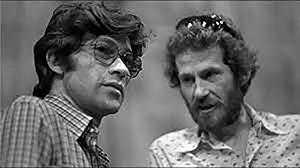
Hammond threw out the names of some of the groups he knew might fill the bill, but then a squeaky, high-pitched, uncertain female voice spoke up and interrupted them.
“Excuse me Mr. Grossman but,” Grossman’s secretary hesitatingly said, sitting behind her desk, “but, but I know a really good band – the Hawks.”
Grossman’s receptionist-secretary Mary Martin had been sitting there fielding phone calls while taking the conversation in, and if they wanted a rock ‘n’ roll band, she knew a really good one – the Hawks.
Originally from Canada, Martin went to school in Ontario and caught the Hawks on numerous occasions. With more confidence she said, “I saw the Hawks play back home and they are really the best band I have ever seen or heard, even here in New York.”
“That’s a pretty good endorsement,” Hammond spoke up, “and I’ll vouch for them, too; I met the Hawks on the road down South when they were playing with Rockabilly Ronnie Hawkins, a real rowdy road bunch, but solid musicians. Grossman looked at Dylan, and Dylan looked at Martin and John Hammond, Jr. and asked, “Where can we find the Hawks?”
“Put in a call to Colonel Kudlets in Ontario,” Grossman said to Martin, and without having to look in his Rolodex, barked out the address and phone number from memory – That’s Harold Kudlets, Suite 824 Sheraton Hotel, Hamilton, Ontario – 522-0900.” Martin got him on the phone.

Few words were exchanged, and when Grossman put down the phone he said, “the Hawks are playing a nightclub at the Jersey Shore in Somers Point, called Tony Mart’s, and they’re booked until Labor Day. Kudlets said the contract is good but they can be bought out of it if the money was there.
As recounted by Hawks drummer and vocalist Levon Helm, one day while they were rehearsing or sitting around their dressing room on the second floor of Tony Mart’s, they got a phone call. Levon took the call.
Dylan identified himself and asked Levon if he and the Hawks wanted to play with him at Carnegie Hall. Levon was perplexed and told the other guys sitting around that it was Bob Dylan.
“Who’s Bob Dylan?” Levon asked, and Richard leaned over and said, “Mr. Tambourine Man,” and Levon went back on the line and asked, “Who else is on the bill?”
“Just us,” Dylan replied, as Levon incredulously considered them selling out Carnegie Hall as something that just wasn’t possible.
But Dylan was serious, and talked Levon into coming to New York City to see him. Carmen Marotta calls it, “the most important phone call in the history of rock ‘n’ roll,” and nobody argues with him.
So the following Monday, Levon and Robbie Robertson drove up to New York City. Conway Twitty, who had business in New York City at the same time, may have accompanied them.
While Twitty was signing a new record contract with a country music label, the two Hawks visited Dylan at Grossman’s office where they introduced themselves to Mary Martin, the receptionist, who in turn introduced them to Dylan, sitting on the couch.
When Grossman came out of his office, they all sat down around a reel-to-reel tape recorder and when they were ready, he turned it on and played the new studio recording of “Like a Rolling Stone,” which Dylan had made a few days earlier. Levon and Robbie listened, and at the end of the song, they all sat back speechless for a few seconds, until Dylan spoke up enthusiastically, “Do you want to play that?” he asked.
That they did, but there was a problem. They were under contract to play at Tony Mart’s until Labor Day. But Dylan said he needed them, and needed them now, as he was booked to play Forest Hills on Aug. 28, a little more than a week away. Impossible, they said, as Tony Marotta was a tough one, and they liked him like a father and couldn’t and wouldn’t break the contract with him.
Grossman spoke up for the first time saying, “We’ll double what they’re paying you for the week and we’ll contract you for the year, and pay you even if you don’t play.” And Levon looked at Robbie and they all were just dumbfounded.
“Well, we make all our decisions as a group. We’ll see what we can do about the Tony Mart’s gig and get back to you soon Mr. Dylan,” Levon said, shaking his hand.
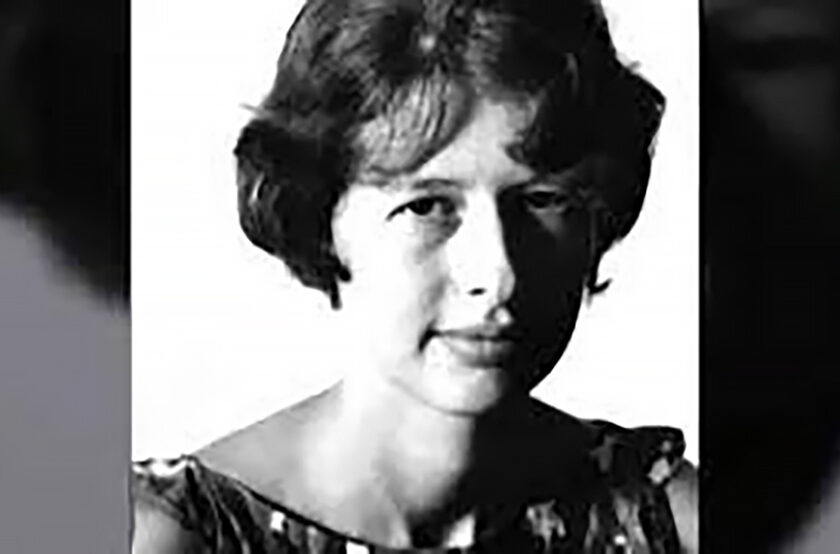
The ride back down the Parkway was a quiet one; they kept the radio off and just thought about what was going down, what could go down and all of the various possibilities. If they went with Dylan, someone spoke said, was not like backing Ronnie Hawkins as Hawkins was stuck in the rut of the old Chitlin’ Circuit, while Dylan was on his way up, playing arenas, not nightclubs and roadhouses. His song was No. 1 on the pop charts at that moment, and they just heard a new song that was going to go somewhere. They just felt they had to be a part of it and go along for the ride. And doubling their salary was a nice incentive.
But how would they explain that to the rest of the band – Garth, Rick and Richard, and most of all Mr. Tony Mart, Anthony Marotta, who had taken them off the road, given them a steady job and made them feel at home?
After talking with Garth, Rick and Richard, Levon walked through the empty club, now just getting ready to open, and out the back door, and knocked on Tony’s office door. Sitting across from Tony in his office was a bit unnerving, especially given what Levon was about to tell Tony, and he got what he expected.
Tony got up from his chair shouting, “You want to leave me before the BIGGEST weekend of the SUMMER!”
Levon sat back in his chair, as Tony’s voice shifted and went from deep, dark and husky to a softer tone, and the acknowledgment that, “but it’s a good opportunity for you boys.” If it was anyone else he would have called them bums, but the Hawks had been good to him, so he sat down again and picked up the phone and said, “If Colonel Kudlets has a band that can fill your shoes for Labor Day weekend you can walk, you can go dance with Dylan, but Kudlets has to come through.”
And Kudlets did come through with a band that was acceptable to Tony – Mitch Ryder and the Detroit Wheels, whose hit, “Devil With The Blue Dress,” was on the charts. Then Tony did what he seldom does. He would throw a farewell party for the Hawks, something he had only done once previously, for Len Carey and the Crackerjacks. Since Conway’s birthday was coming up soon and he was leaving, too, the farewell party was going to be a double whammy – goodbye, so long, farewell to both Conway Twitty and the Hawks, and a fine Somers Point send-off party was in the works.
While Dylan was plugging in and going from folk to rock ‘n’ roll with the Hawks, Twitty was leaving rock ‘n’ roll and going country, in opposite directions, but everybody was happy. And now Tony needed to get yet another band to play the third stage, and was thinking about Joe and the Nomads, who were due back for their second try out later that night.
Next Up: Joe and the Nomads Get a Gig – The Hawks and Conway Twitty Check Out.
To comment on this story or this series – Billkelly3@gmail.com
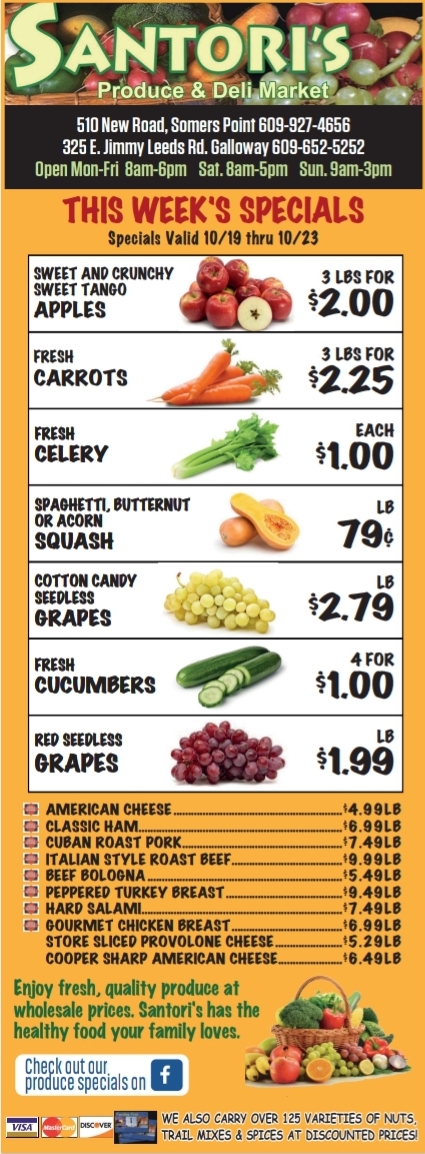


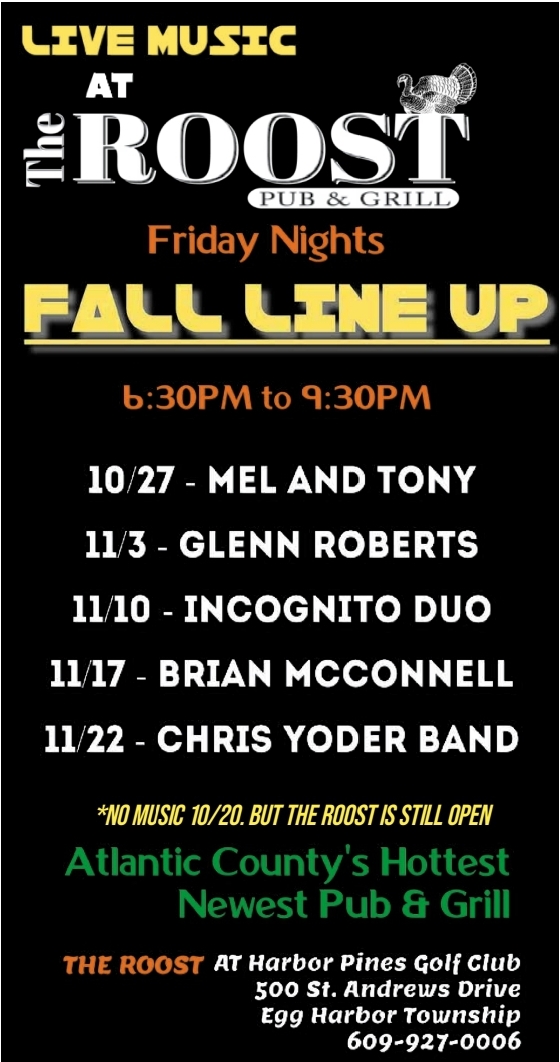
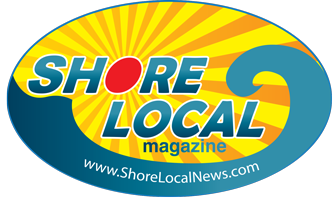

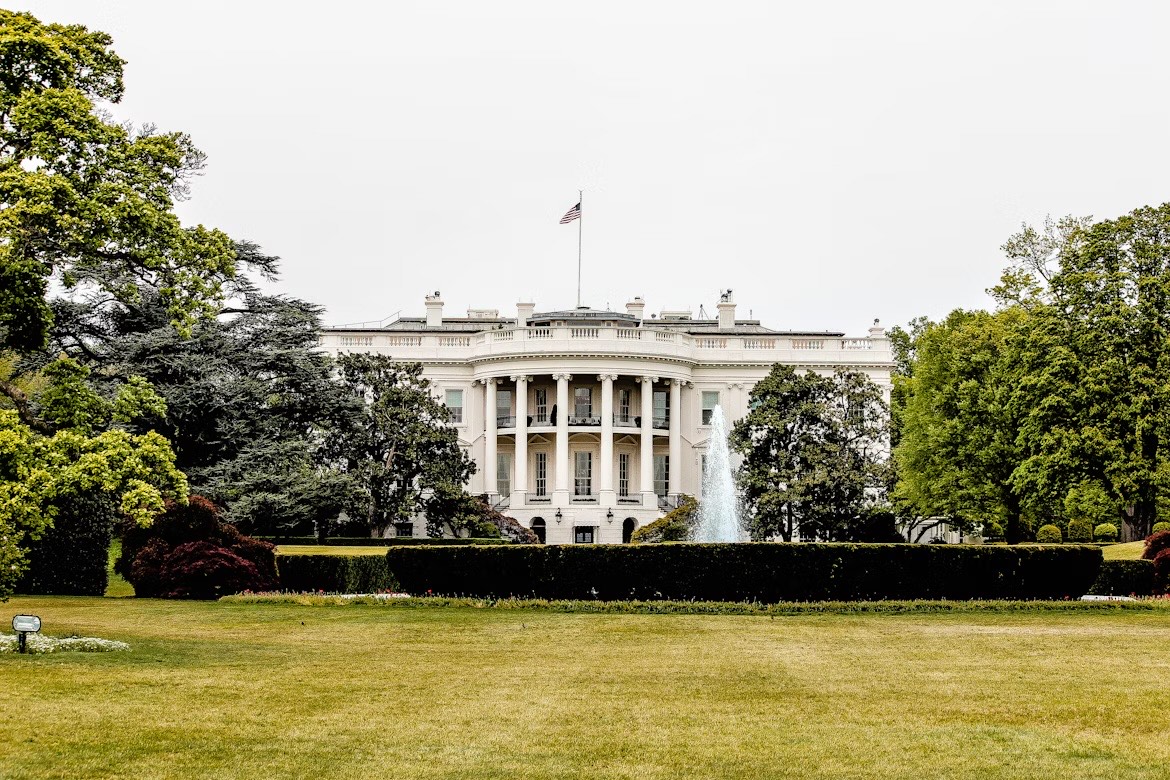
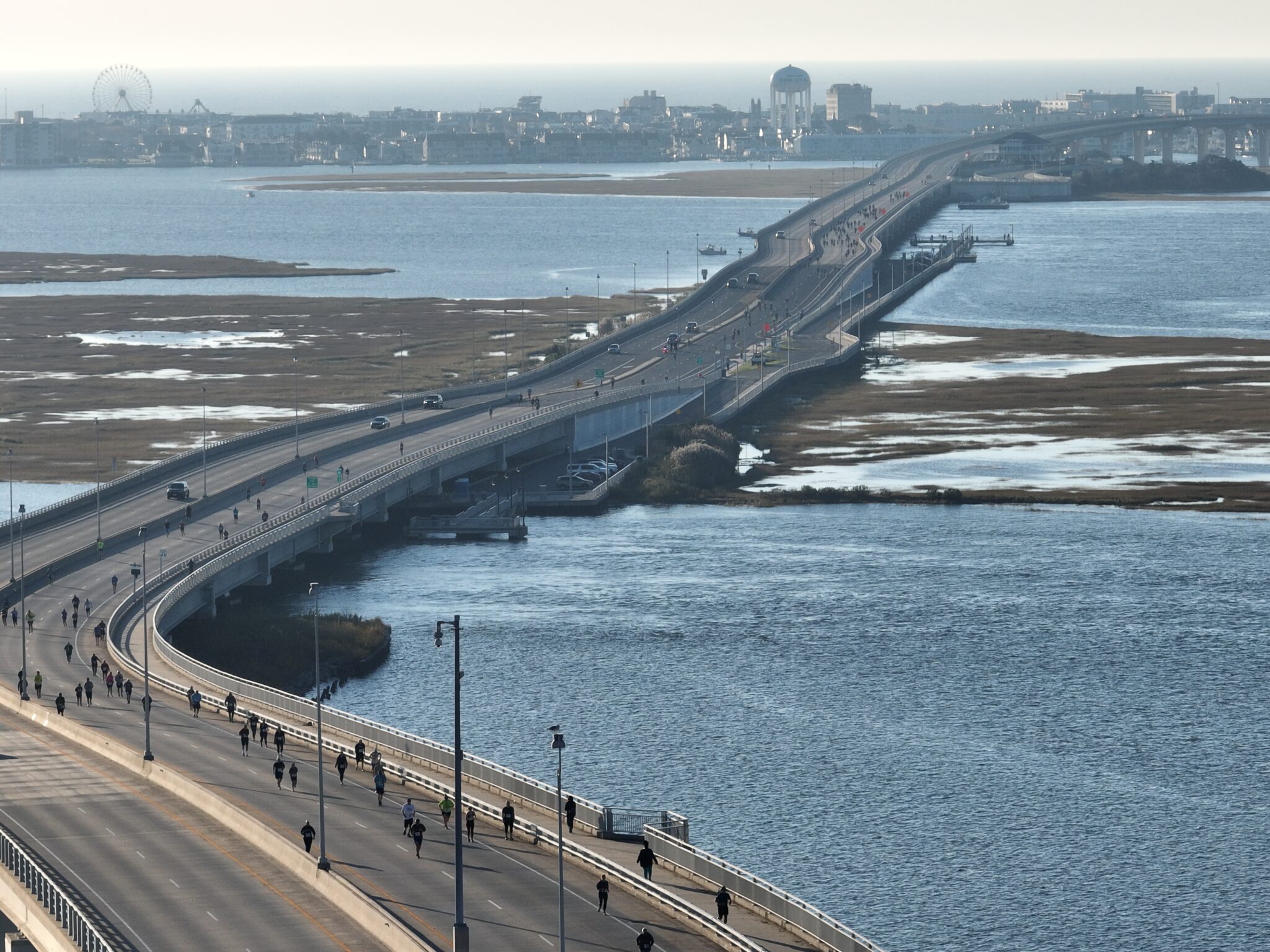
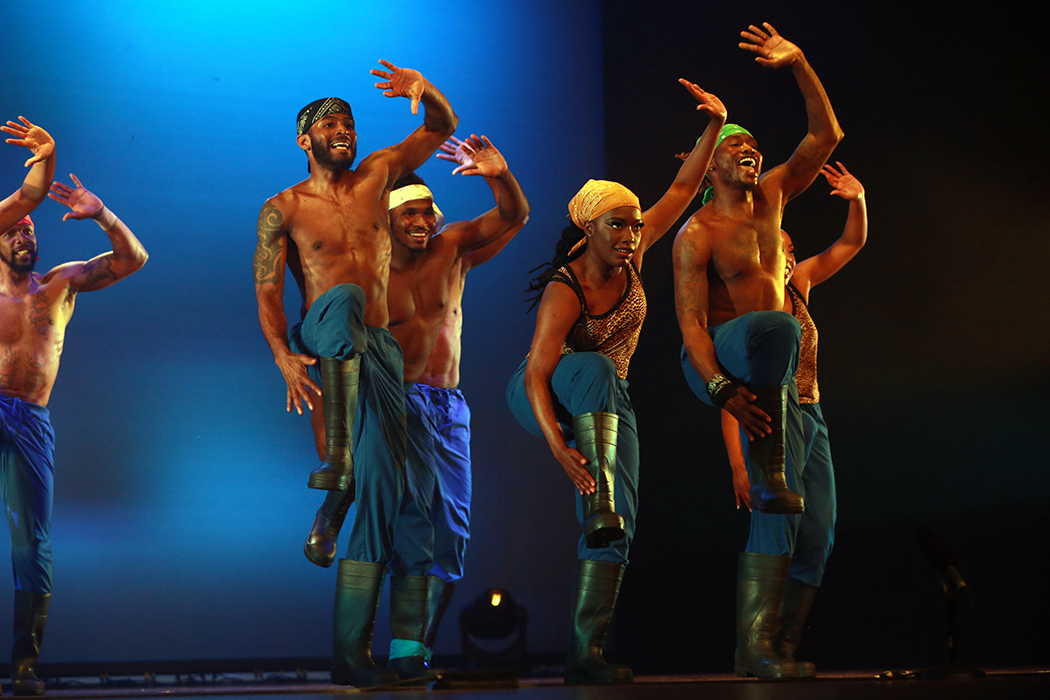

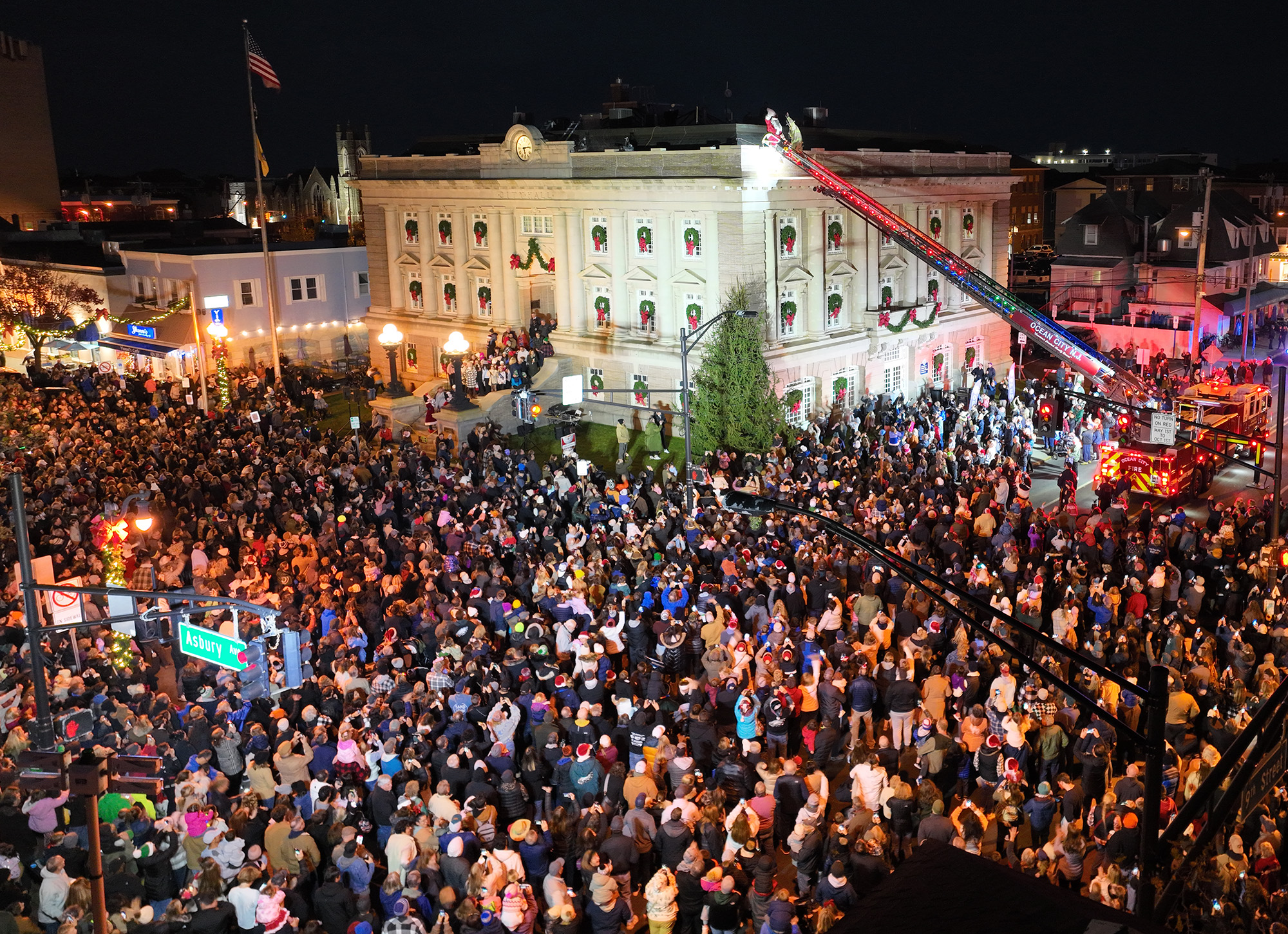
2 Responses
😘I go way back when we would go to Bay Shores then Tony Marts then the Dunes til dawn ! And then we would catch some sleep on the 14th Street beach in Ocean City ! 😉 ! Those were the days my Friends ! I can remember when the Somers Point streets were always jammed with kids cheek to jawl ! Peace 🕊️ out, Jim Dwyer 💚⚜️🍀
Hello, happy Veterans day